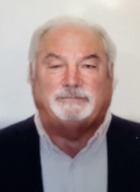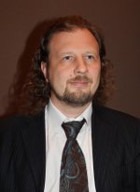Tesla Poised To Start the Engine…as Competitors Close In
Even though Tesla’s “Battery Day” was held Sept. 22, 2020, it didn’t produce the wildly exciting results that Elon Musk had promised would “blow your mind.”

During its event, Tesla unveiled plans to develop a “million mile” battery that could last an electric car’s entire lifetime on the road. It also outlined plans to dramatically reduce the cost of its battery cells and packs to $100 per kilowatt-hour, at which point experts believe electric cars will become comparable in price to combustion engine vehicles.
Bill Gates-backed QuantumScape, the first US battery company to go public in a decade, announced that it has overcome two major hurdles to create an all-metal lithium battery, which, if true, would allow electric vehicles to go up to 50% further on a single charge. Those hurdles were metallic lithium’s propensity to explode when it comes into contact with liquid and its needle structure that has historically punctured plastic separators between electrodes and caused shorts.





